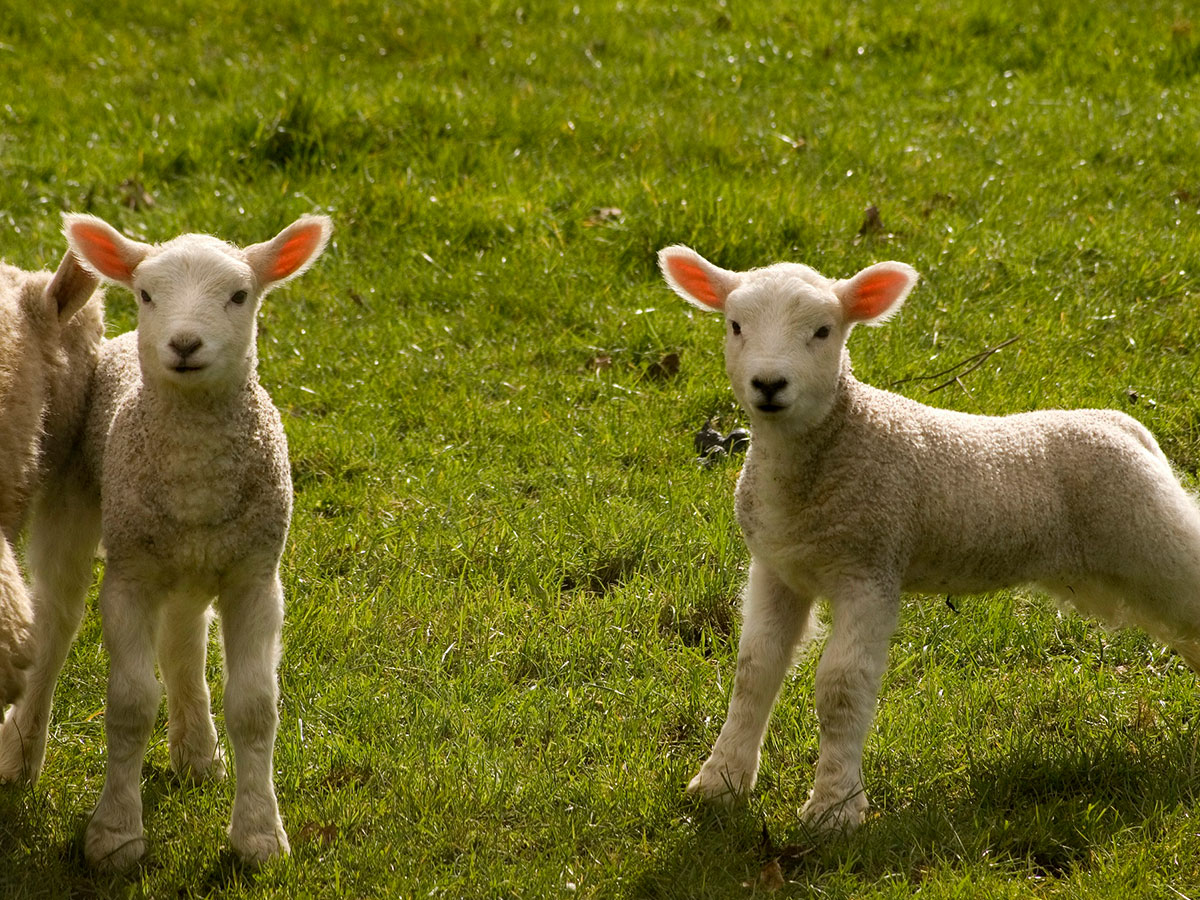Effective vaccinations for pulpy kidney have been available for over 50 years however it remains the third biggest killer of sheep, according to figures from Agriculture Victoria. Despite following the manufacturer’s recommendations you can still incur losses from pulpy kidney. Most producers are familiar with the disease, at least by name, and may have suspected it to be the cause of death when they find a young animal dead.
The disease itself is caused by a bacterium that normally lives in the gut and with the right conditions it proliferates and produces a toxin. Most vulnerable are young, unvaccinated livestock on lush pasture, being grain fed or on any diet that delivers excess amounts of carbohydrates and protein to the small intestine. The disease progresses rapidly and most sheep or cattle are found dead. If you do see them alive they will be convulsing, frothing at the mouth, staggering with the head arched backwards and may display signs of pasty diarrhoea. A post-mortem can identify signs of the disease such as glucose in the urine and excess fluid around the heart with white protein clots. The pulpy kidney, for which the disease gets its name, is an inconsistent sign and is a normal part of post-mortem changes.
If you suspect pulpy kidney is a problem on your property, often a simple diet change and vaccination is enough to stop deaths. The simple measure of taking them off feed to run them up to the yards for vaccination can prevent the disease. From there, increase the fibre content in their diet and vaccinate again in a month’s time if they have no or an unknown vaccination history.
Occasionally we see large outbreaks when unvaccinated sheep are put on rapidly growing pasture or when grain is introduced. But we also see deaths in animals that have been vaccinated and this is because the vaccine does not cover all animals for a full 12 month period. In vaccinated animals we may see the occasional death of an animal whose protective immunity has waned.
Sheep get good coverage for 6 – 8 weeks after their first vaccine at marking, but it’s important to follow up with a second vaccine 6 – 8 weeks later. By around 4 months after the second shot 90% of the flock should be protected but this drops to around 50% at 6 months after the second shot. At this stage it is worth considering a third shot, especially if animals are have access to highly digestible grain or lush pasture. At 20 – 30 cents per dose it money well spent for peace of mind. One producer, who lost some well grown steers that were vaccinated, claims he gives all young cattle a booster for pulpy kidney every time they’re in the yards. If young cattle are entering a high risk period for pulpy kidney and it has been more then 3 – 4 months since their initial vaccination it may be worth vaccinating again.
All farms are different and the risk of pulpy kidney varies greatly between enterprises due to differing climatic, agronomic and management practices. Your vaccination regime should suit the individual risk for your farm, remembering that young animals without a recent vaccination history may be at risk.
